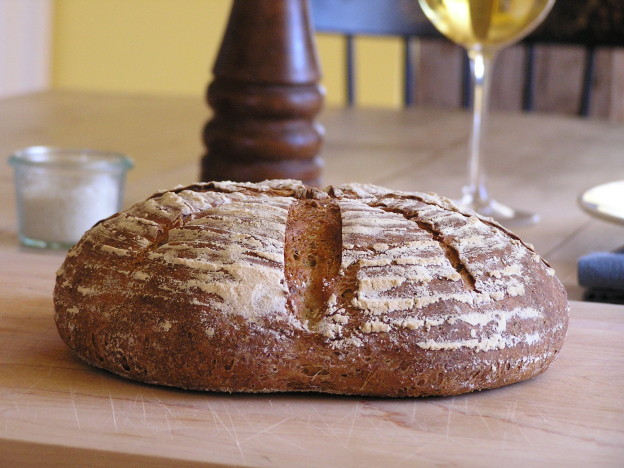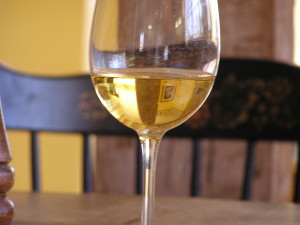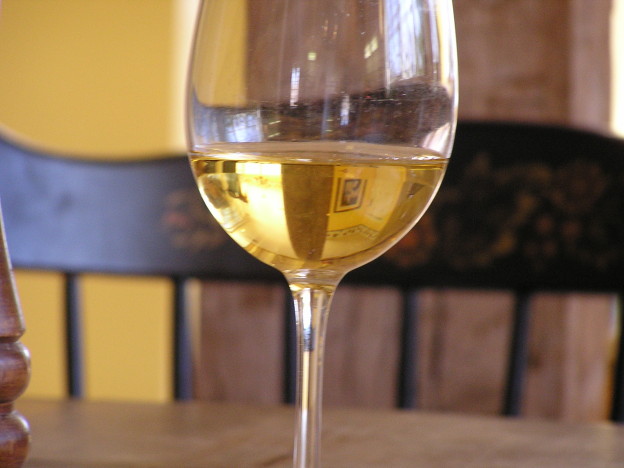We invite you on a little journey of Rediscovering France through a series of culinary clinics and classes offered as winter rolls into spring, when our palates waver between heartwarming soul food and dishes that are lighter and brighter.
This journey will include pairings with our wines, all of which are grown by hand with more than a little French influence (especially Burgundy) in both the vineyard and winery, including Cabernet Franc, Viognier, Riesling, and Chardonnay, all echoing France while no doubt raised here.
Why France?
Arguably among the finest (some say the finest) cuisines in the world, the principles and techniques of French cooking underlie other great ones such as the Bolognese (Italian) and Viennese (Austrian). The influence of both home and professional kitchens of France is thus felt almost everywhere.
We hasten to add that this is very much a two-way street: French cuisine reflects the influence of the many Italians, Austrians, Poles and others who worked in professional kitchens there, especially in Paris, which for almost two hundred years was the center of the culinary world, much like was Silicon Valley is to technology today.
Yet as other cuisines rose in popularity, interest in French cooking waned to the point where many of us today don’t really know what French cuisine is. Perhaps highly complicated recipes finished with heavy cream sauces come to mind, but this is not the case.
Come visit us and explore, perhaps for the first time, the joy of home cooking in the tradition of France.
We offer a series of clinics (informal, 1 hour, Saturdays at 12:30 PM) and classes (hands-on, 3 hours, Sundays at 12 noon) right up until Easter. You can find them listed on our Events page.
Here’s a complete list:
Clinics, 12:30 PM Saturdays
Gougères, Mar 4
Bistro Prawns, Mar 11
Pommes de Terre aux Lardons (potato pie with bacon), Mar 18
Lentils & Carrots, Mar 25
Moules (steamed mussels), Apr 1
Rack of Lamb, Apr 8
Leg of Lamb, Apr 15
Classes, 12:00 PM, Sundays
Artisan Bread, Mar 5
Pot au Feu (Corned Beef, Cabbage & More from Celtic Brittany), Mar 12
Chicken Fricassee, Mar 19
Onion Tart, Mar 26
Provencal Lamb, Apr 2
Roast Chicken, Apr 9

 Since 2005
Since 2005


